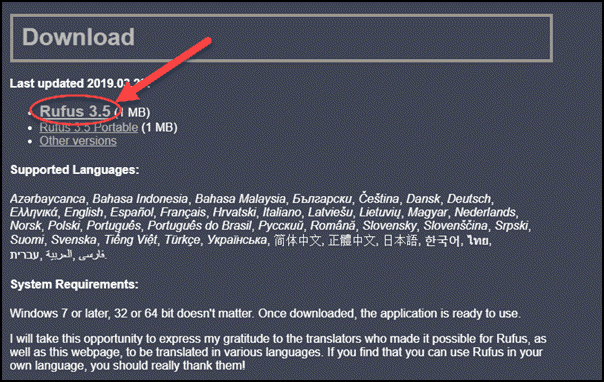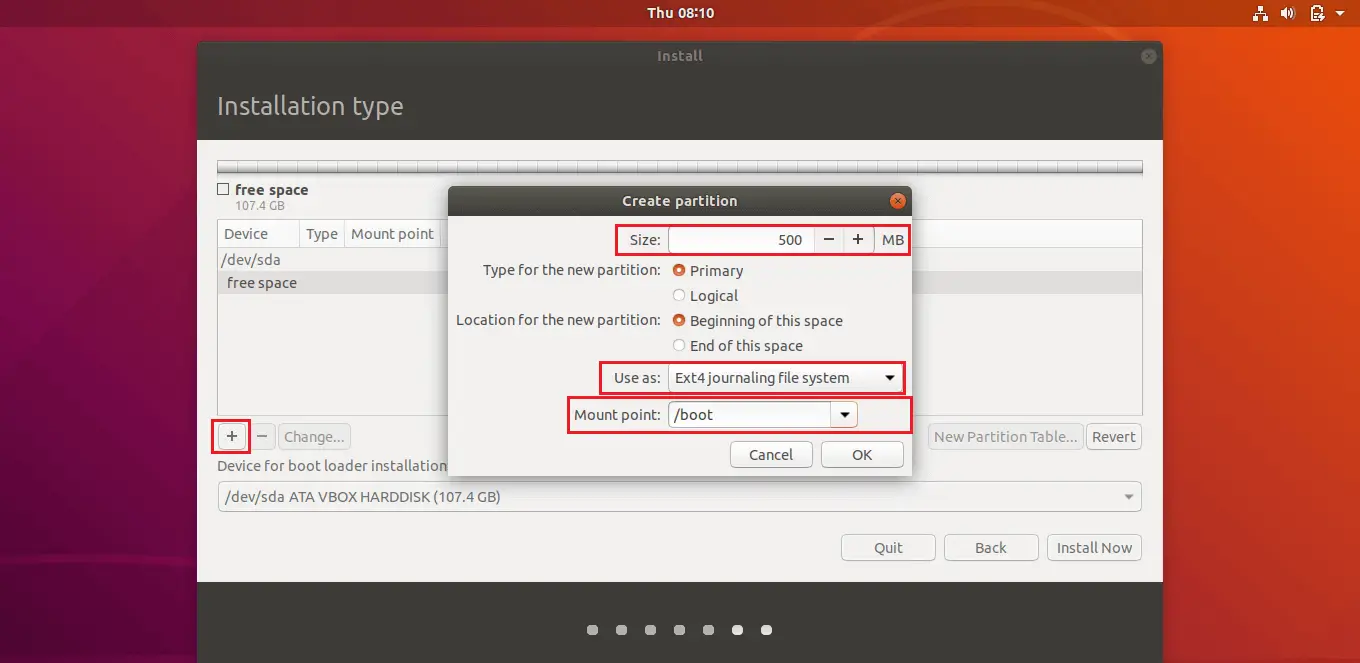

- #Install ubuntu from usb gpt uefi 18.04 how to#
- #Install ubuntu from usb gpt uefi 18.04 install#
- #Install ubuntu from usb gpt uefi 18.04 update#
- #Install ubuntu from usb gpt uefi 18.04 driver#
- #Install ubuntu from usb gpt uefi 18.04 windows 10#
Next you'll be asked to connect to internet if not connected, this step is optional, you can skip this step by selecting the first ubuntu install option. The first step is to select the language, choose your preferred language and press the continue button. There's 7 total step, excluding the sub steps and disk partitioning to install Ubuntu. If you've not selected the first option, then just click on the Install Ubuntu shortcut on the desktop, else the system will start the installer directly. You can select any of the Try Ubuntu without installing or Install Ubuntu on the GRUB boot menu entry. Note: On many laptops with the Fn key, you need to press Fn + F12 key combo to select the boot device option. On Dell, Acer, Lenovo or Toshiba laptops, it's the F12 key in most cases. You need to tap the F12, F10 or F8 key many times to select the boot device. Now reboot the PC and boot it from the USB drive.
#Install ubuntu from usb gpt uefi 18.04 windows 10#
I'm using a 40 GB HDD for testing, and there's around 12.7 GB free space to dual boot windows 10 and ubuntu.

As example, if your C drive has enough free space, then select it.


This was on a stick that was created by acronis imaging - I made a backup of the stick, then used diskpart to clean, partition, and format with fat32. Like I said - used to work and now suddenly doesn't after firmware updates but still works on other systems.
#Install ubuntu from usb gpt uefi 18.04 update#
I think the update made a change so that it requires you to use fat32 so that it can read the efi - if the partition where the efi is located is on gpt it's not reading like it used to. These enumerate with "PMAP" when you do an f12 at boot. I should have elaborated more - It is possible to have a bootable UEFI stick with GPT - but I'm having problems with Dell's that have received recent BIOS updates listing the file system. But you can re-enable Secure Boot after you've installed whatever OS you're installing.
#Install ubuntu from usb gpt uefi 18.04 driver#
The only catch is that you have to disable Secure Boot because the bootloader for the NTFS driver is provided under an open source license and Microsoft therefore won't sign the bootloader so that it's trusted under Secure Boot. That way, when I boot the system in UEFI mode, it initially boots from the FAT partition, loads the UEFI NTFS driver, and then turns around and boots from whatever is on the NTFS partition. If I have a WIM that's larger than 4GB, I use Rufus to create a specially prepared flash drive that uses an NTFS partition for the main data but also contains a small FAT partition that stores a UEFI NTFS driver.
#Install ubuntu from usb gpt uefi 18.04 how to#
Spanning WIMs can be a problem because the Windows Setup interface won't allow you to select images that reside in a spanned WIM, so if you use a spanned WIM you'd need to apply the image to the disk manually using a tool like DISM - but most people don't know how to do that. It also supports booting from MBR-initialized devices for backward compatibility, but it's fine with GPT. I do it all the time, and in fact UEFI is explicitly intended to boot from GPT devices. And you can absolutely use a GPT-initialized disk to boot in UEFI mode from USB devices. GPT is a partition layout scheme for the entire disk (the other option is MBR), whereas FAT32 is a file system for a partition (other options include NTFS, exFAT, etc.) You can have a GPT flash drive that uses a FAT32 partition or an MBR flash drive that uses a FAT32 partition.


 0 kommentar(er)
0 kommentar(er)
